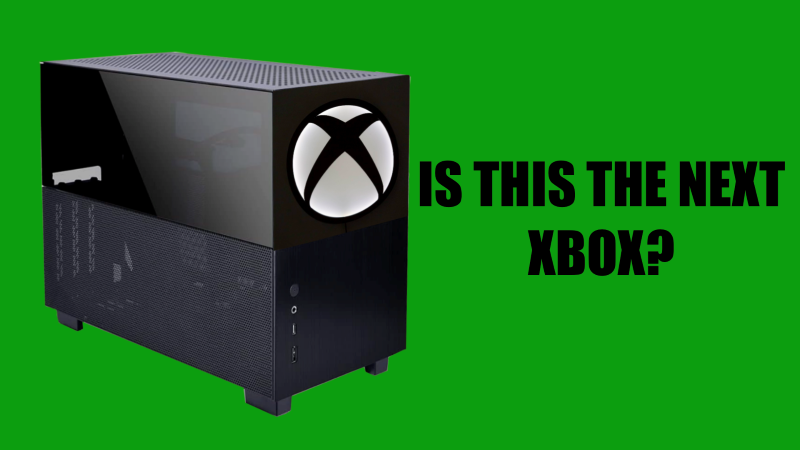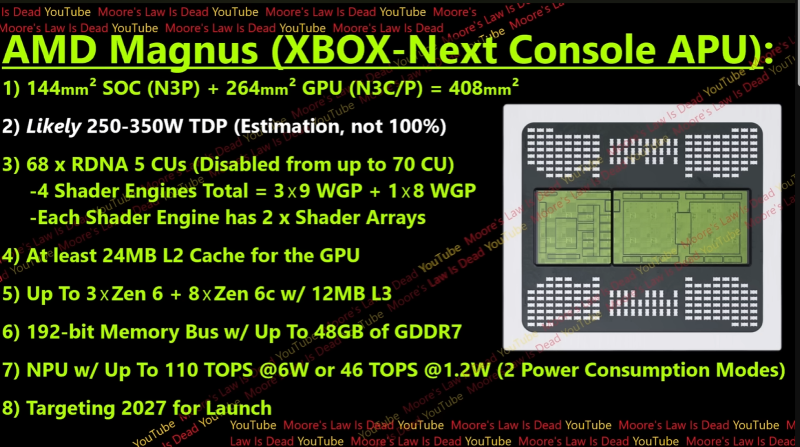
Billionaire Motivations
What will the next Xbox be? That is a great question. Microsoft marketing of late would tell you that even now, your phone can be an Xbox. With how often news goes through the cycle and hits the waves, we see interesting ripple effects. These companies are like a massive ship in a sea that is ever flowing. Carrying hundreds of millions of people for the promise of a better future. At signs of turbulence, there are a couple of courses of action people may take. They can jump off, looking for a better voyage elsewhere. Or stay aboard and continue on the course steered by the billionaires.
The motives of the executives at these billion-dollar companies elude me. The agendas they push always seem counterintuitive to the essence of creation. Gaming as a whole is inherently a creative and technically advanced field. It is driven by that thing that is ever fading away, humans’ passion to create. We see this ethos trickle into other media and industries.
A Baseline for Creating
A more recent example of this is that breakthroughs in game engine tech have made their way to film and TV, with a more recent example being that K-pop Demon Hunters is made in Unreal Engine 5. If we go back to early 2020, we see that Unreal Engine 5’s reveal came off the back of the PlayStation 5 announcement. The PlayStation 5 was the machine used to showcase the engine and its beautiful Lumen lighting and Nanite technology. Overall, gaming tech and advancements in this field are profoundly influential.
In a perfect world, the only thing that should limit the games is the hardware that the games run on. Yes, it is idealistic thinking. However, consoles are important because they establish a baseline target for developers to hit. That is to say, historically, for the consumer, the initial buy-in for a console is cheaper than building (or buying) a pc for gaming.
The next Xbox set up – Magnus leaks
So, where does the next Xbox come into play? Famous tech leaker and analyst Tom from Moore’s Law Is Dead has leaked new information about it. He states that the next Xbox will use a chiplet design that closely matches the design philosophy of AMD’s client products. This differs from PlayStation 6’s approach, which is to maintain a monolithic design.
Another notable feature of the reported “Magnus” APU is that its die size is roughly 40–50% larger than the reported “Orion” (PS6 codename) die. Because Magnus is larger, it will require a bigger power supply to run around 300–350 watts.
The graphics chip will reportedly include 68 RDNA 5 compute units and at least 24 MB of L2 cache. The CPU will consist of 11 Zen 6 cores, divided into 3 Zen 6 cores and 8 Zen 6c cores, each equipped with 12 MB of L3 cache. Other details suggest that Magnus will feature a 192-bit memory bus and support up to 36–48 GB of GDDR7 RAM. The APU may also include an NPU capable of up to 110 TOPS alongside two distinct power consumption modes. Tom concludes his Magnus talks by stating that his internal sources indicate a target launch window of 2027. All in all. The next Xbox is rumored to cost anywhere from 800-1400 USD. Which is a hefty price to pay

What do I want from the next Xbox?
All of this sounds fantastic on paper (aside from costs). The next device is expected to be marketed as a hybrid PC-console. The Magnus, being a PC that runs on Windows rather than a proprietary fork of Windows specialized for console use (like the Series X and Series S), will need to use more power to compensate for Windows’ inefficiencies. What I hope is that the executives at Microsoft equip the device with everything it needs for success. And that they reach out to creators and developers to learn what they would want in a console, instead of focusing solely on margins and long-term cost-cutting decisions.
I do not want to see Microsoft repeat the missteps of past generations, such as equipping the Xbox One with slower DDR3 memory while the competing PlayStation 4 features faster GDDR5 RAM. I also do not want to see the device ship with a larger chip but have a lower power delivery compared to its competition. Nor should Microsoft reduce the total RAM the device needs. 8 GB for the Series S sounded decent in 2020. But now in hindsight, 12 GB or even putting it on par with the Series X with 16 GB would have been the right call.
These last-minute design compromises tend to have lasting implications, and we continue to see their effects today. For a more recent example, Call of Duty Black Ops 7 on Xbox One struggles to hit even a solid 30fps, while the PlayStation 4 version can still reach an unlocked 60 FPS.
Failure isn’t an option
However much Microsoft wants to de-emphasize the importance of dedicated gaming hardware, establishing a solid baseline for developers to target remains essential. I’m going out on a limb here and claiming that there will be one more Xbox console. For consumers, this device (codenamed Magnus) is designed to bridge the current Xbox player base with the Windows ecosystem. For developers, Magnus aims to provide hardware that maintains a consistent and powerful baseline, enabling them to create more optimized games for Windows. This, in turn, adds value and gives consumers a reason to remain within Microsoft’s ecosystem instead of turning to Nintendo’s or PlayStation’s.
But like everything in this world, success ultimately depends on execution, and for Xbox, failure isn’t an option.
